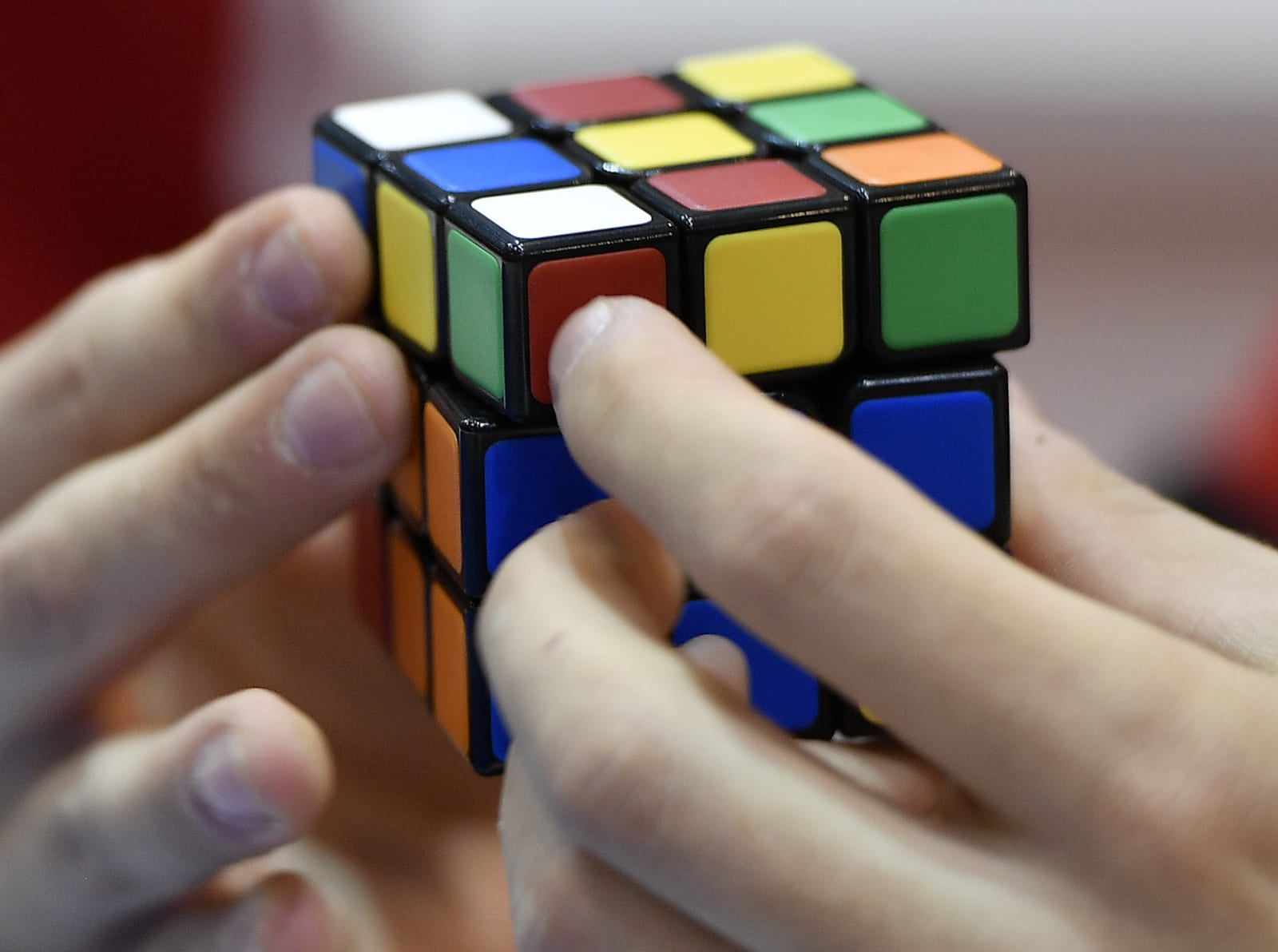
Harnessing the power of the sun is a tricky business, but even the past few weeks have seen some interesting developments in the field. In this latest installment, researchers from the Lawrence Berkeley National Laboratory and the University of California have figured out a way of making solar cells from any semiconductor, potentially reducing the cost of their production. You see, efficient solar cells require semiconductors to be chemically modified for the current they produce to flow in one direction. The process uses expensive materials and only works with a few types of semiconductors, but the team's looking at using ones which aren't normally suitable -- the magic is to apply an electrical field to them. This field requires energy, but what's consumed is said to be a tiny fraction of what the cell's capable of producing when active, and it means chemical modification isn't needed.
The concept of using a field to standardize the flow of juice isn't a new one, but the team's work on the geometrical structure of the cells has made it a reality, with a couple of working prototypes to satisfy the skeptics. More of these are on the way, as their focus has shifted to which semiconductors can offer the best efficiency at the lowest cost. And when the researchers have answered that question, there's nothing left to do but get cracking on commercial production. For the full scientific explanation, hit up the links below.
Filed under: Science
Researchers make unsuitable parts work as solar cells, could lead to cheaper panels originally appeared on Engadget on Sat, 11 Aug 2012 11:34:00 EDT. Please see our terms for use of feeds.
Permalink  Ars Technica, ScienceDaily
Ars Technica, ScienceDaily |
 Nano Letters
Nano Letters |
Email this |
Comments
 Researchers at the University of California, Irvine have created an artificial intelligence system that can solve a Rubik's Cube in an average of 1.2 seconds in about 20 moves. That's two seconds faster than the current human world record of 3.47 sec...
Researchers at the University of California, Irvine have created an artificial intelligence system that can solve a Rubik's Cube in an average of 1.2 seconds in about 20 moves. That's two seconds faster than the current human world record of 3.47 sec...
 Researchers at the University of California, Irvine have created an artificial intelligence system that can solve a Rubik's Cube in an average of 1.2 seconds in about 20 moves. That's two seconds faster than the current human world record of 3.47 sec...
Researchers at the University of California, Irvine have created an artificial intelligence system that can solve a Rubik's Cube in an average of 1.2 seconds in about 20 moves. That's two seconds faster than the current human world record of 3.47 sec...
 We all know by now that robots are the future of farming, and things are no different for winemakers in The Golden State. Faced with the shortage of water and workers, they asked researchers from the University of California to create an irrigation s...
We all know by now that robots are the future of farming, and things are no different for winemakers in The Golden State. Faced with the shortage of water and workers, they asked researchers from the University of California to create an irrigation s...
 Combining multiple photographs to create a new image isn't uncommon, but researchers at the University of California, Santa Barbara (UCSB) in partnership with NVIDIA have come up with a a pretty wild new technique to create entirely new compositions....
Combining multiple photographs to create a new image isn't uncommon, but researchers at the University of California, Santa Barbara (UCSB) in partnership with NVIDIA have come up with a a pretty wild new technique to create entirely new compositions....
 The scourge of malaria could be going away for good in some regions, thanks to a groundbreaking discovery by researchers at the Universities of California, Irvine and San Diego. Their study, published Monday in the journal PNAS, has reportedly uncove...
The scourge of malaria could be going away for good in some regions, thanks to a groundbreaking discovery by researchers at the Universities of California, Irvine and San Diego. Their study, published Monday in the journal PNAS, has reportedly uncove...






